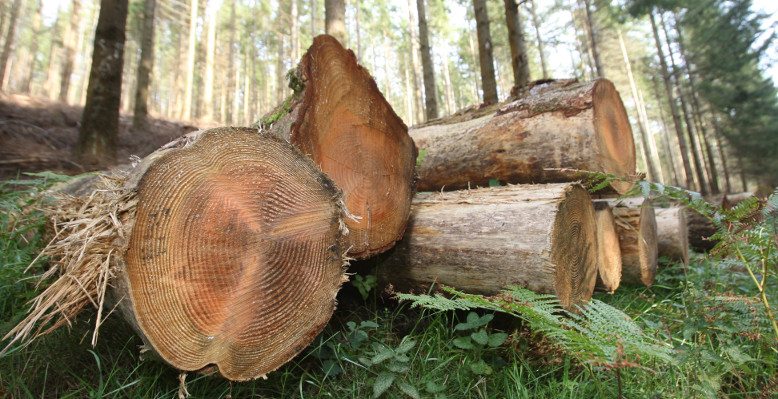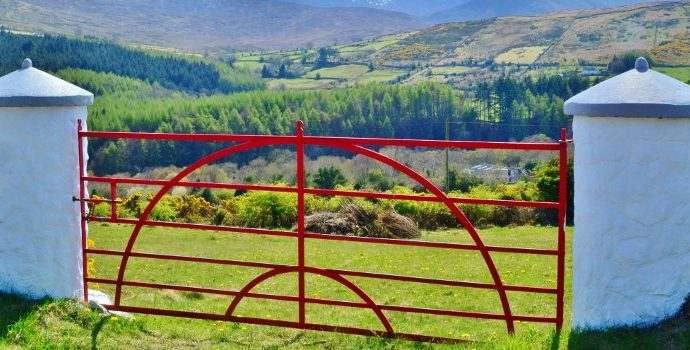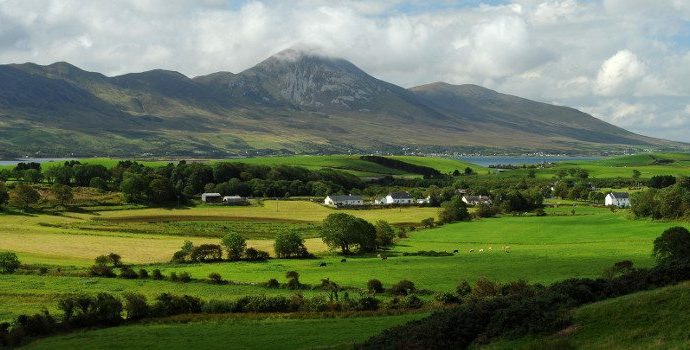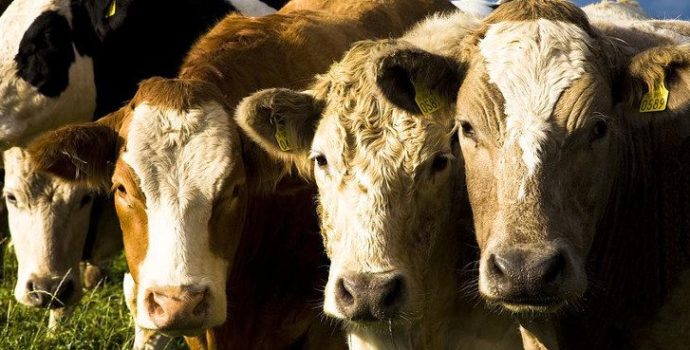Forest Premiums and the Return Forestry Provides on Marginal Land Key Reasons Farmers Plant – IFA

A national survey undertaken by IFA and supported by the Forest Service shows that nearly 80% of farmers base their decision to plant on the availability of forest premiums and the good return forestry provides on marginal land. It showed that the cuts to forest premiums in 2009 have damaged confidence in the programme and had deterred many farmers from considering forestry as a land use option.
IFA Farm Forestry Chairman Michael Fleming said the permanence of forestry, particularly the replanting obligation and the long-term nature of the investment, combined with the lack of confidence in the continuation of the forest premiums, were shown to be the main barriers to increased uptake of forestry by farmers. He called on the Government to restore confidence in the forestry programme and provide an assurance that forest premiums would be maintained at the rate farmers entered the Afforestation Scheme.
He said, “The strong association between forestry and marginal land is clearly evident from the survey. It is no coincidence that the planting programme has been reducing year on year to the lowest in nearly 25 years in 2011, with only 6,600 hectares planted, as marginal land with a proven productive capacity to grow commercial timber is progressively being restricted.”
Mr. Fleming said that farmers are at a loss as to why their applications to plant are being refused when their neighbours have planted successfully on similar land. “With increasing demands on agricultural land for food production, it is very important that Government policy supports farmers to plant marginal land with a proven track record to grow commercial timber and maximise the productive capacity of Irish farm.”
Michael Fleming said he was very encouraged that over 70% of farmers surveyed had or intended to thin their forests, with only 7% stating they had no intention to thin. He said that if this rate of thinning is realised the private sector will hopefully achieve their production target of 1 million by 2018. “The economics of thinning operations and strength of timber prices, as well as lack of information, were the main barriers identified by farmers to thinning their forests.”




